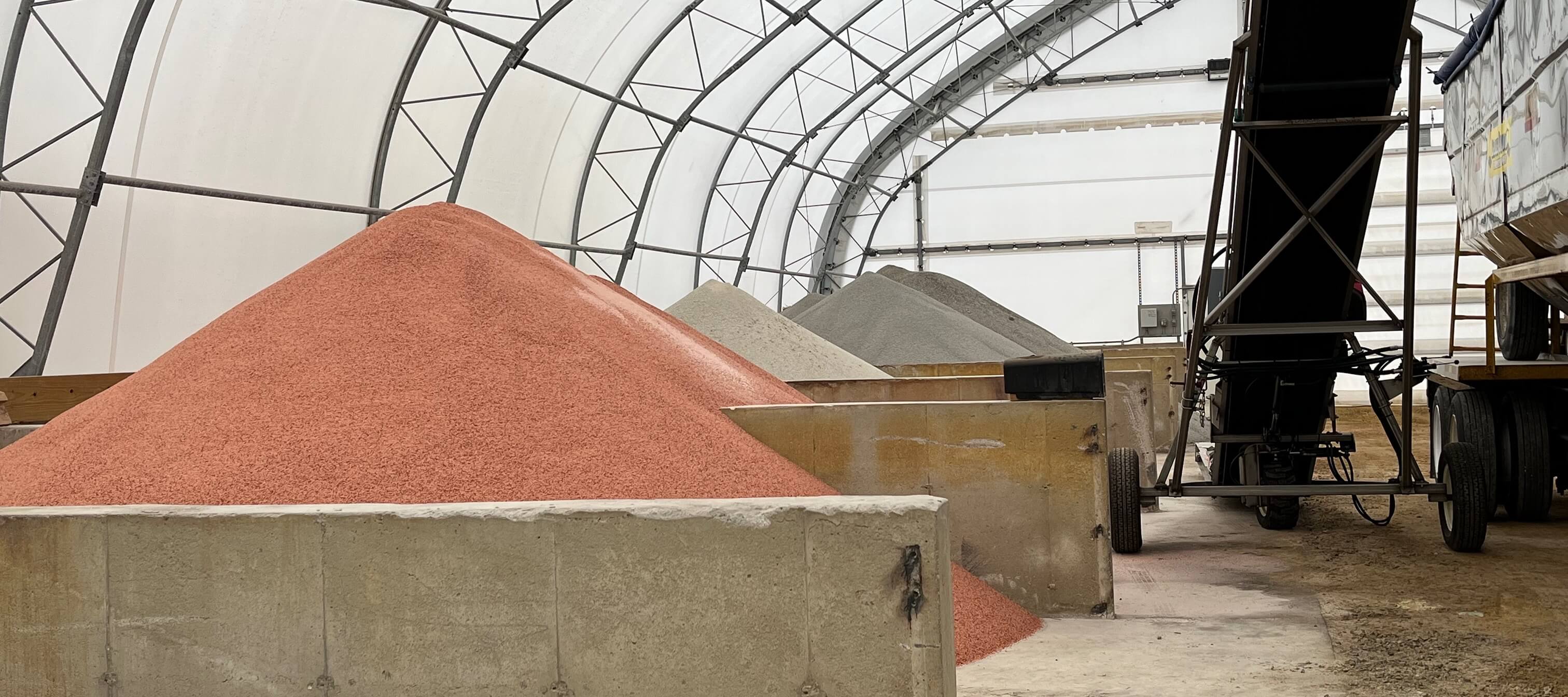How to find cheaper nitrogen fertilizer sources
by Ryan Stockwell
Fertilizer price squeeze is not going away. Learn how to save money while meeting your nitrogen needs. Explore cover crop options with Indigo’s cover crop nitrogen tool.

With nitrogen fertilizer prices in 2022 up almost 300% compared to last year, all farmers are feeling the squeeze. Sure, commodity prices remain high, but farmers would feel a whole lot better if fertilizer prices didn’t eat up so much revenue. While global geo-politics have certainly contributed to rising prices, the biggest influencer of fertilizer prices remains commodity prices. Whenever corn, cotton, and wheat prices go up, fertilizer prices will follow. So if you want to find ways to keep more of your revenue, finding cheaper alternatives to nitrogen fertilizer is a great place to start. Here are three strategies for cheaper nitrogen:
- Add a legume cover crop ahead of corn. Many legume cover crops, when given adequate time and heat units to grow, will supply a first year nitrogen credit up to 100 pounds. For example, a red clover planted after wheat harvest will supply around 75 pounds of nitrogen. When considering the seed and planting cost, that nitrogen is around 53 cents per pound, or half of current nitrogen costs. Considering the added benefits of that red clover cover of building soil organic matter and soil health on top of the nitrogen fertility, the total value of that legume cover crop exceeds $100 per acre at a cost under $40 per acre.
- Reducing tillage builds soil health to increase the amount of free nitrogen delivered by the soil. The equation is pretty simple: increased soil organic matter + increased soil biology = more free nitrogen. Reducing tillage is vital to building soil organic matter and soil biology. Research out of North Dakota shows that long-term no-till soils (5+ years) experience increased soil organic matter and soil biology that allows growers to take a 50 pound nitrogen credit. At current fertilizer prices, going no-till reduces fertilizer costs alone by around $50 per acre. Adding in the reduced fuel, labor, and equipment and the savings for many situations exceeds $90 per acre.
- Adding non-legume cover crops to the rotation also builds soil health and soil organic matter to increase the amount of nitrogen delivered by the soil. Research out of Iowa provides an early indication that long term (5+ years) of a grass cover crop, such as cereal rye, can allow growers to reduce nitrogen applications to corn by 30 pounds. Here again, the increase in soil organic matter and soil biology equals more free nitrogen.
Confronting systematic challenges like fertilizer costs rising with commodity markets will require more than band-aid solutions. Instead, they require systematic solutions that provide fundamental advantages to your operation. Chat with carbon farming experts using the button in the bottom right corner to further explore how planting cover crops and reducing tillage provide an alternative nitrogen solution for your operation.
By Ryan Stockwell, Indigo Ag Senior Manager of Grower Engagement and Wisconsin Farmer
Citations
-https://northcentralfertility.com/proceedings/?action=download&item=6355
-https://practicalfarmers.org/research/reduced-n-rate-to-corn-after-repeated-use-of-cover-crops-2/
This article may include information from third-party sources or other information that Indigo may not independently verify. Carbon quantification methods, processes and understandings are in their nascency and subject to change and continuous development. The information contained herein is for general informational purposes only and may be based on generally applicable assumptions that may not be applicable to any individual operation. Actual results may differ among growers and farms based on a large number of variables. Each operation should independently consider the financial implications and all potential risks and benefits of the use of any agronomic practice. Any payments under Carbon by Indigo are subject to multi-year vesting and are contingent on continued long-term maintenance of regenerative agricultural practices and soil carbon levels. All Carbon Credits generated are subject to buffer pool holdbacks required by third-party crediting; participants will not receive payments for such holdback. Neither Indigo nor its representatives or affiliates makes any representations, warranties or guarantees as to any specific outcomes (agronomic, financial or otherwise) in connection with any recommendations, calculations or predictions. Terms, conditions, limitations and eligibility requirements apply. See program agreement for additional details regarding Carbon by Indigo.
Farmers like you are getting paid to implement practices that improve soil health. With skyrocketing input costs, see how covers help.
You might also be interested in:
Neither Indigo nor any of its affiliates makes any representations, warranties or guarantees as to any specific results or outcomes, including, without limitation, with respect to soil health outcomes or any minimum amount of greenhouse gasses sequestered or number of carbon credits generated. Participation in Carbon by Indigo is subject to the terms, conditions and limitations of the program contained in the applicable enrollment agreement. Any payments under Carbon by Indigo are subject to multi-year vesting and are contingent on continued long-term maintenance of regenerative agricultural practices and soil carbon levels. All Carbon Credits generated are subject to buffer pool holdbacks required by third-party crediting; participants will not receive payments for such holdback. Not available in all areas.
500 Rutherford Ave, Boston, MA 02129 | 844.828.0240 | info@indigoag.com